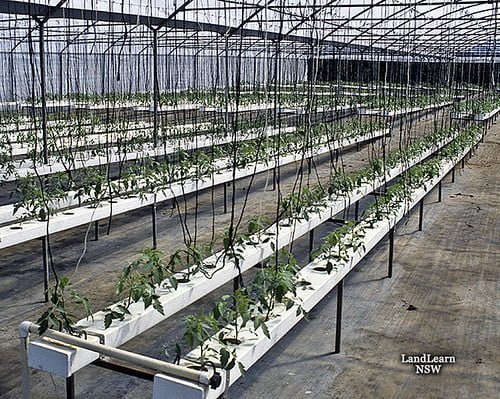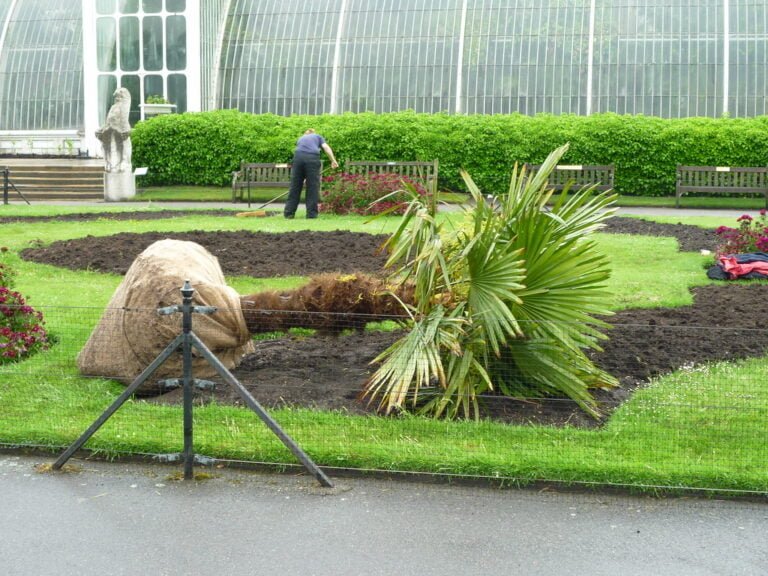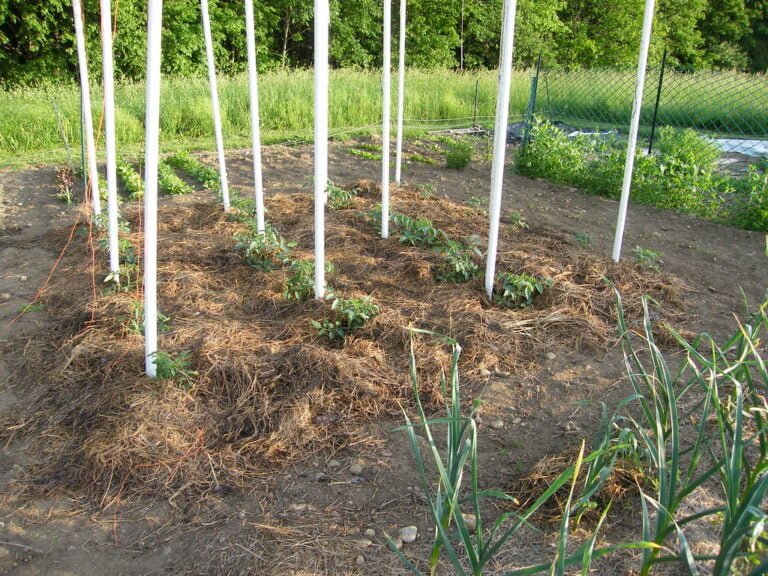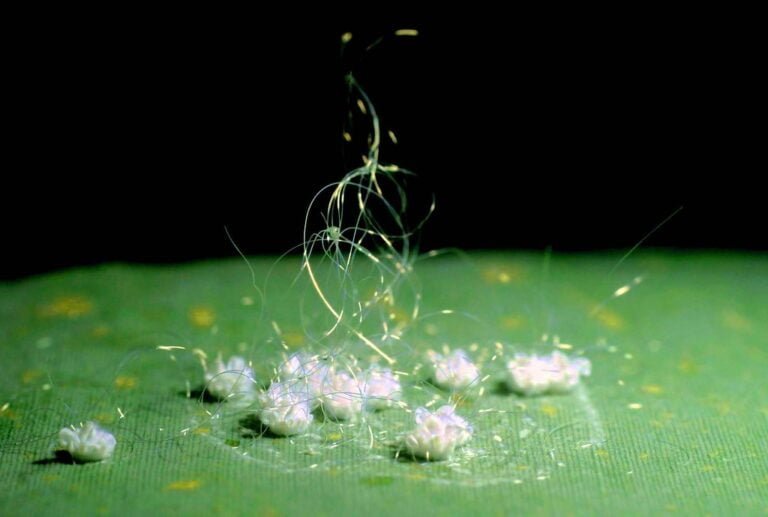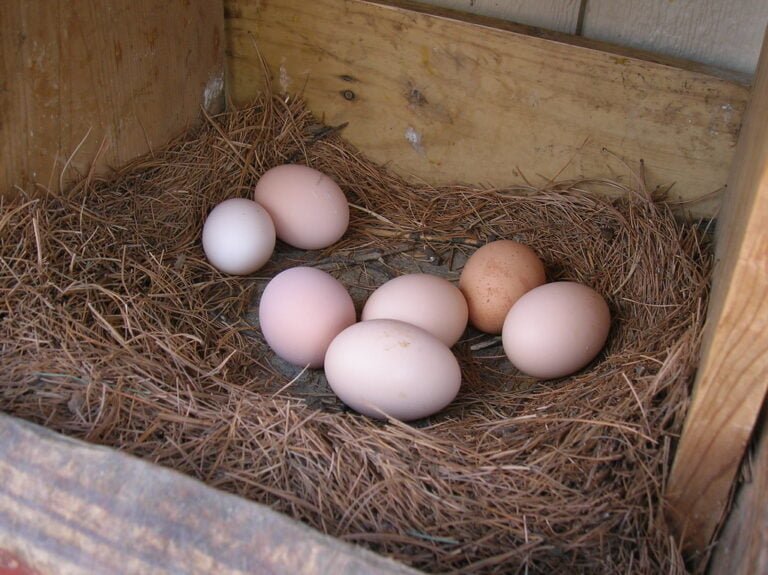Understanding the Difference Between Annual and Perennial Plants
Do you struggle to differentiate between annual and perennial plants? Understanding the difference is crucial for successful gardening. In this article, we'll break it down for you. We'll explain the characteristics of annual and perennial plants, their lifespan and growth patterns, and the advantages of growing each in your garden. By the end, you'll have the knowledge to choose the right plants for your needs and create a beautiful and thriving garden. Let's get started!
Importance of Understanding Plant Lifecycles
To better care for your garden, it's essential to understand the lifecycles of plants. Knowing the difference between annual and perennial plants is crucial. Annual plants complete their lifecycle in one year, growing from seed, producing flowers, and setting seed before dying. Examples of annuals include marigolds and petunias. Perennial plants, on the other hand, live for multiple years, producing flowers and seeds year after year. They enter a period of dormancy during the winter and then re-emerge in the spring. Perennials include plants like roses and daisies. Understanding these lifecycles helps you plan your garden effectively. You'll know when to expect blooms, when to prune, and when to plant new flowers. By choosing a mix of annuals and perennials, you can create a garden that provides color and beauty year after year.
Definition of Annual and Perennial Plants
Understanding the difference between annual and perennial plants is essential for gardeners to plan their gardens effectively and care for their plants properly. Annual plants complete their lifecycle within one year. They grow from seed, flower, produce seeds, and then die. Popular examples of annuals include marigolds, zinnias, and petunias. On the other hand, perennial plants live for more than two years. They continue to grow and bloom year after year. Perennials include plants like roses, peonies, and lavender. Understanding the distinction between annuals and perennials is crucial because it affects how you care for your plants. Annuals need to be replanted every year, while perennials require less frequent replanting. By knowing which plants are annuals and perennials, you can plan your garden accordingly and ensure its long-term success.
Characteristics of Annual Plants
Annual plants, by nature, have distinct characteristics that set them apart from perennial plants. One of the main characteristics of annual plants is their lifespan. They complete their entire life cycle, from seed germination to flowering and seed production, within a single growing season. This means that they typically die after one year, hence the name "annual." Another characteristic of annual plants is their ability to produce a large number of seeds. Since they have a limited lifespan, annual plants invest a significant amount of energy into producing seeds to ensure their survival and proliferation. Additionally, annual plants tend to have a faster growth rate compared to perennial plants, allowing them to quickly reach maturity and produce flowers and seeds. These distinct characteristics make annual plants a popular choice for adding color and variety to gardens and landscapes.
Characteristics of Perennial Plants
Perennial plants exhibit distinct characteristics that differentiate them from annual plants. One key characteristic is their ability to live for more than two years. Unlike annuals that complete their life cycle in a single season, perennials continue to grow and bloom year after year. They have well-established root systems that help them survive through winter and regrow in the spring. Perennials also tend to have a slower growth rate compared to annuals. This allows them to invest more energy into developing strong and resilient structures, such as sturdy stems and deep roots. As a result, perennials are often more durable and adaptable to various environmental conditions. Their longevity and ability to return year after year make them a popular choice for gardeners looking for low-maintenance and long-lasting plants.
Lifespan and Growth Patterns of Annuals
As a gardener, you may be interested in knowing that annual plants have a much shorter lifespan compared to their perennial counterparts. Annual plants complete their entire life cycle within one year. They germinate, grow, flower, produce seeds, and then die all within a single growing season. This means that you will need to replant annuals every year if you want to maintain their presence in your garden. However, the advantage of annuals is that they tend to have a rapid growth rate, resulting in quick blooms and vibrant colors throughout the season. They are also more adaptable to different growing conditions and can be easily replaced or changed to suit your garden's needs. Therefore, annuals are a great choice for adding seasonal variety and bursts of color to your garden.
Lifespan and Growth Patterns of Perennials
Have you ever wondered how long perennial plants live and how they differ from annual plants in terms of growth patterns? Perennials are known for their longevity, often living for several years or even decades. Unlike annuals, which complete their life cycle in just one year, perennials have a longer lifespan. They have the ability to survive through different seasons and continue growing year after year. Perennials exhibit different growth patterns depending on the species. Some perennials grow from a central crown, while others have spreading rhizomes or underground bulbs. Understanding the growth patterns of perennials is essential for their care and maintenance. By knowing how they grow, you can provide the necessary conditions for their continued health and beauty.
Advantages of Growing Annuals in the Garden
Growing annuals in your garden offers numerous advantages. One of the main benefits of growing annual plants is their ability to provide vibrant and colorful blooms throughout the growing season. Unlike perennials, which may only bloom for a short period of time each year, annuals consistently produce flowers from spring to fall. This not only adds beauty to your garden but also attracts beneficial pollinators like bees and butterflies. Additionally, annuals are generally easy to grow and require minimal maintenance. They are fast-growing and often bloom quickly, allowing you to enjoy their beauty sooner. With a wide variety of annuals available, you have the opportunity to experiment and try new plants each year, keeping your garden fresh and exciting. Whether you're looking to fill in gaps in your garden or create stunning displays, annuals are a great choice for serving your gardening needs.
Advantages of Growing Perennials in the Garden
If you want to create a low-maintenance garden that comes back year after year, perennials are the perfect choice. Unlike annuals, which need to be replanted each year, perennials are plants that live for multiple years. One advantage of growing perennials is that they require less effort and time to maintain. Once established, they generally need less watering and fertilizing compared to annuals. Another advantage is that perennials often have a longer blooming period, providing continuous color and beauty to your garden. Additionally, perennials can help improve soil quality and prevent erosion, as their extensive root systems hold the soil in place. Overall, growing perennials in your garden can save you time, money, and effort, while still creating a beautiful and sustainable landscape.
Considerations for Choosing Annuals or Perennials
When deciding between annuals or perennials for your garden, consider the specific needs and preferences of your plants. Annuals, such as petunias and marigolds, complete their life cycle within one year. They provide vibrant and colorful blooms throughout the growing season, but need to be replanted every year. On the other hand, perennials like roses and daisies have a longer lifespan and will come back year after year. They may take longer to establish and bloom initially, but require less maintenance in the long run. When choosing between the two, think about your gardening goals, the amount of time and effort you can dedicate, and your desired aesthetic. Consider mixing both annuals and perennials to create a dynamic and ever-changing garden that combines the best of both worlds.
Tips for Incorporating Both Annuals and Perennials in Your Garden
Looking to create a vibrant and ever-changing garden that combines the best of both annuals and perennials? Incorporating both types of plants in your garden can add variety, color, and texture throughout the seasons. Here are a few tips to help you get started.
First, consider the amount of sunlight your garden receives. Annuals tend to thrive in full sun, while perennials can tolerate varying levels of light. Next, think about the soil conditions. Some plants prefer well-drained soil, while others thrive in moist or even wet conditions.
To create a visually appealing garden, try alternating annuals and perennials in groups or borders. This can create a beautiful display that changes with the seasons. Additionally, consider planting annuals in containers or hanging baskets for added versatility.
Remember to choose plants with similar water and maintenance requirements, to make your gardening tasks more manageable. By combining annuals and perennials, you can enjoy a garden that offers year-round beauty and interest.
Conclusion
In conclusion, understanding the difference between annual and perennial plants is essential for successful gardening. Annual plants live for one growing season and provide vibrant blooms and bountiful harvests. On the other hand, perennial plants live for multiple years, offering long-lasting beauty and continuous growth. By considering the advantages and growth patterns of both types, gardeners can create a balanced and thriving garden that incorporates the best of both annuals and perennials.

